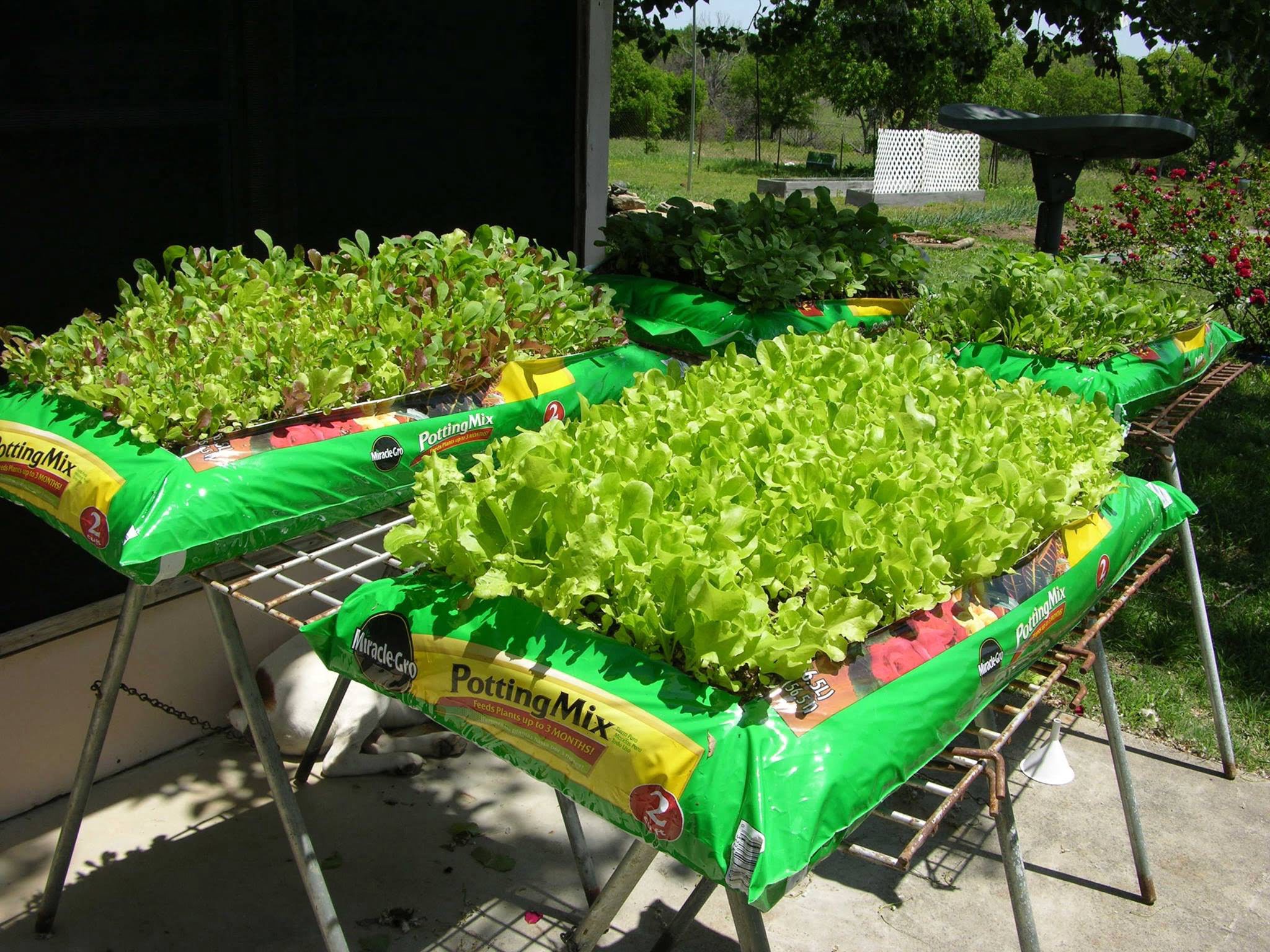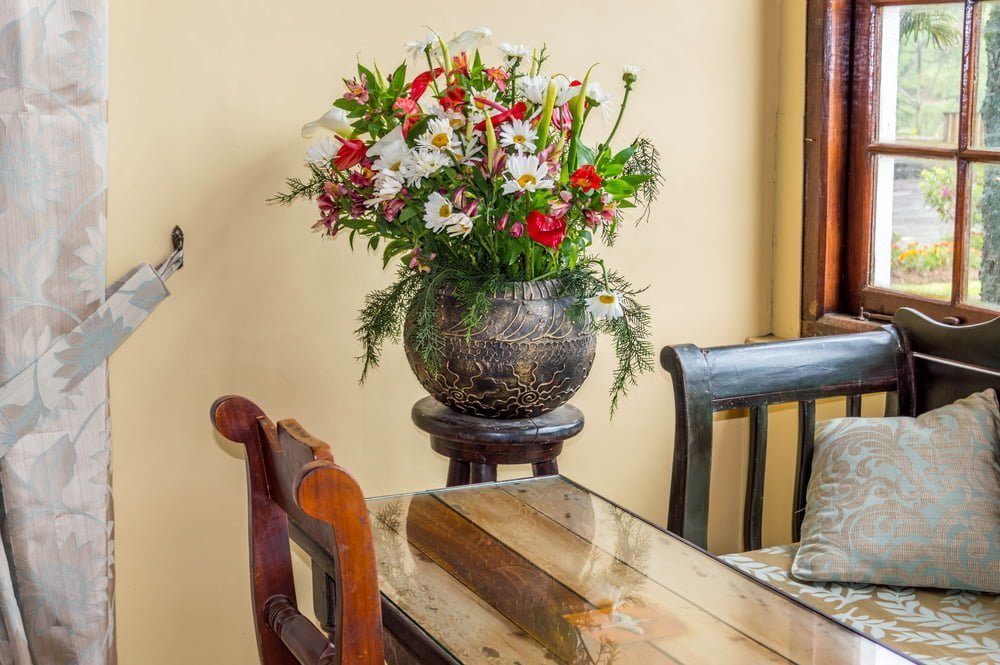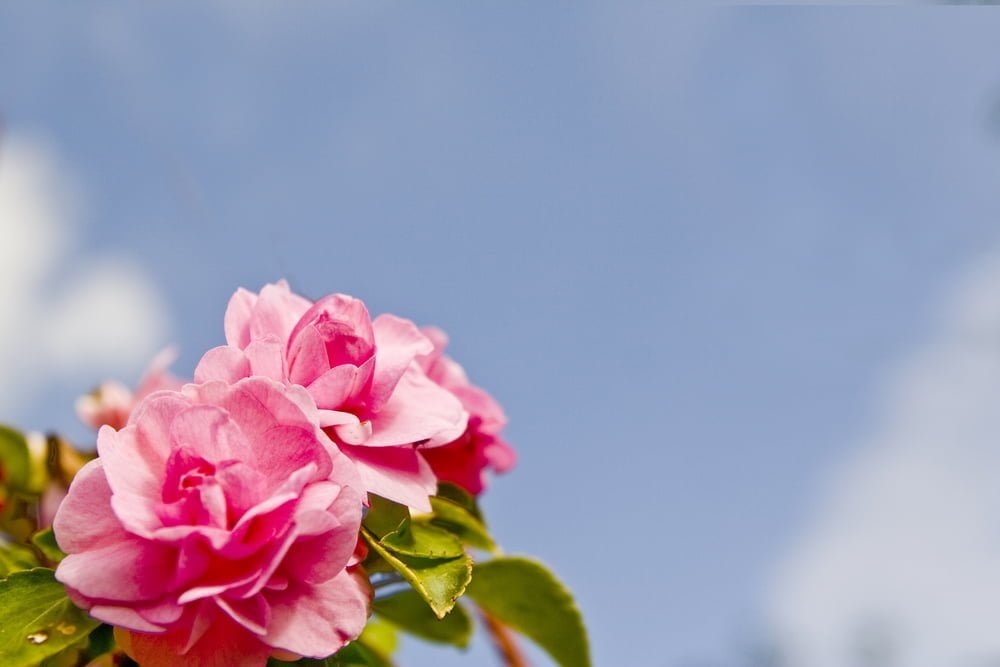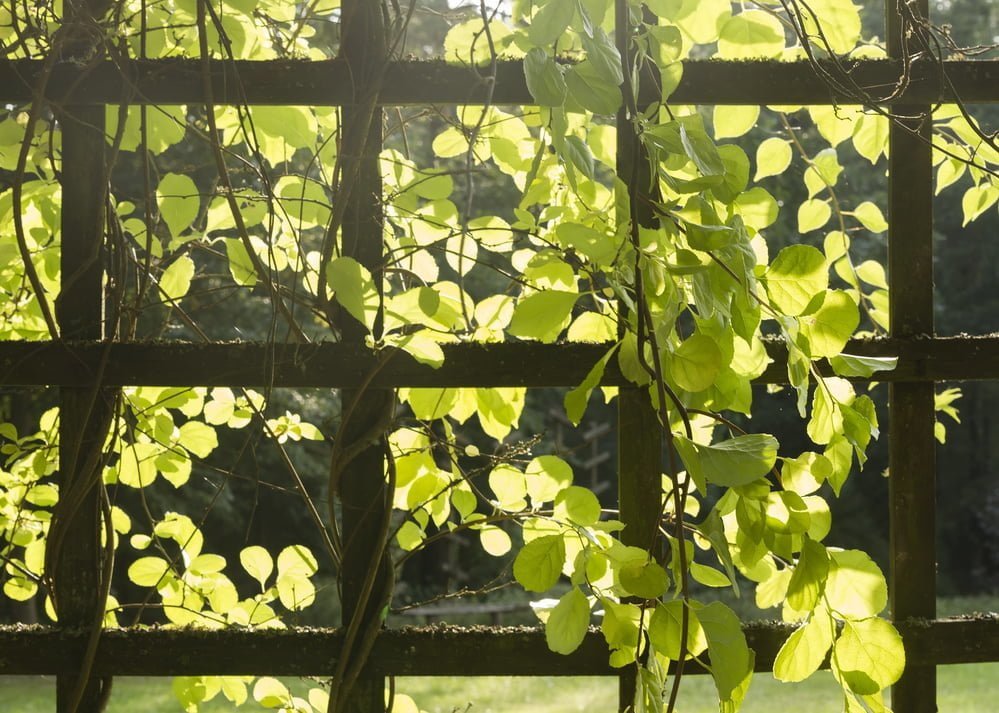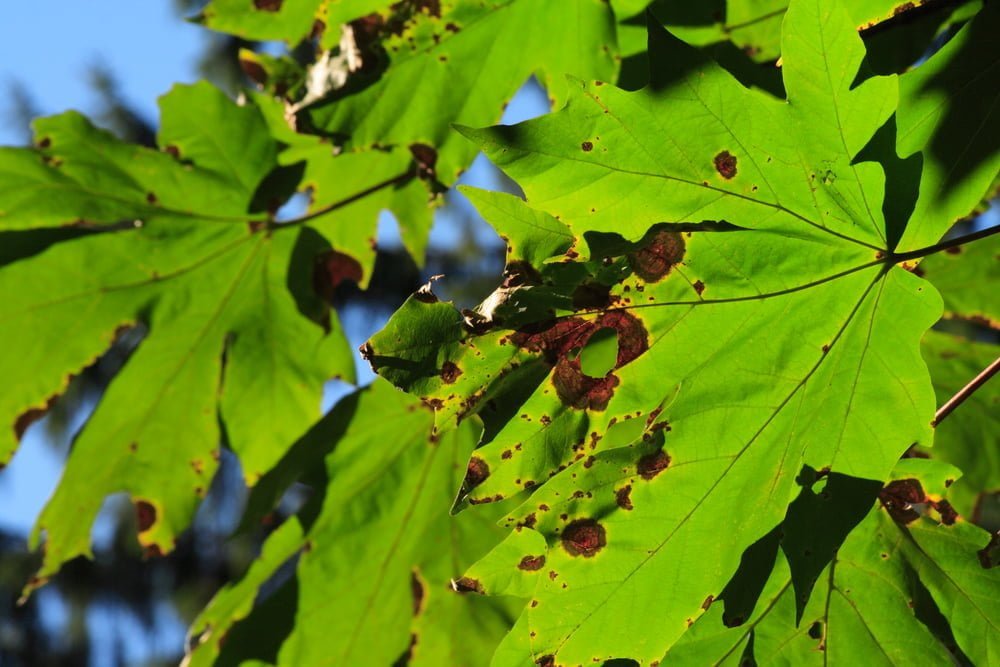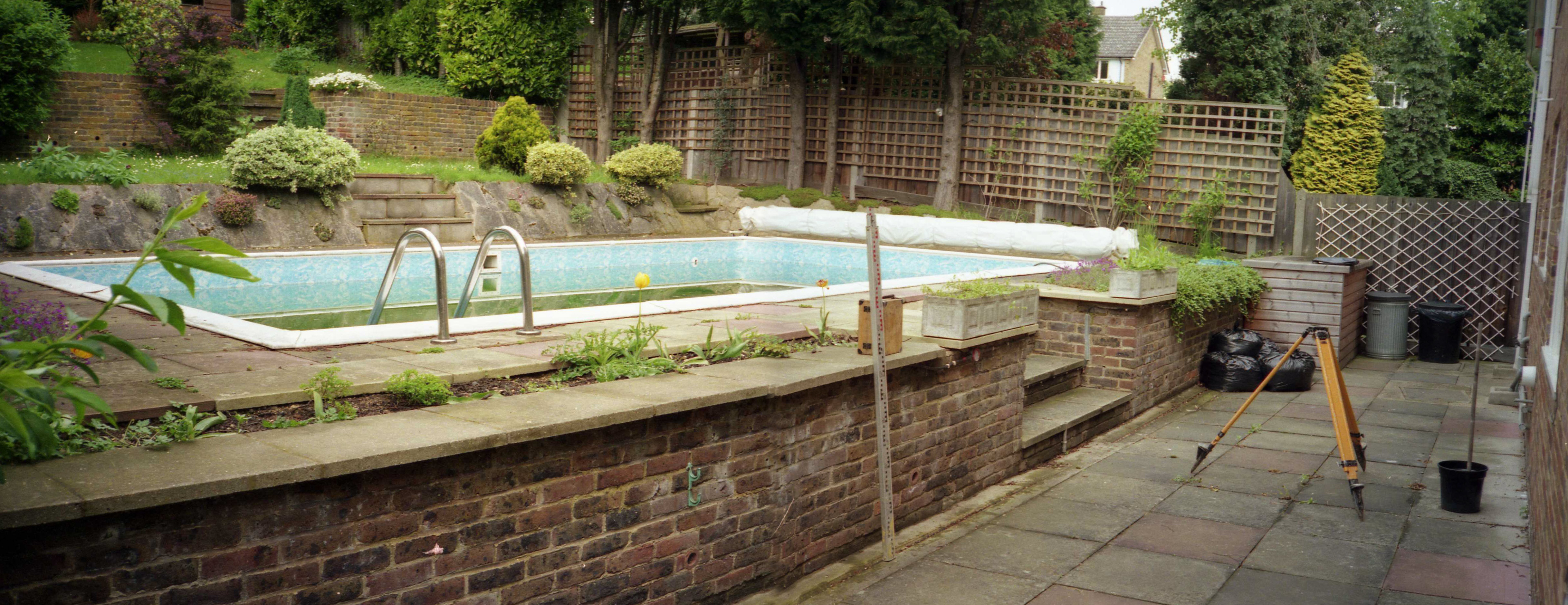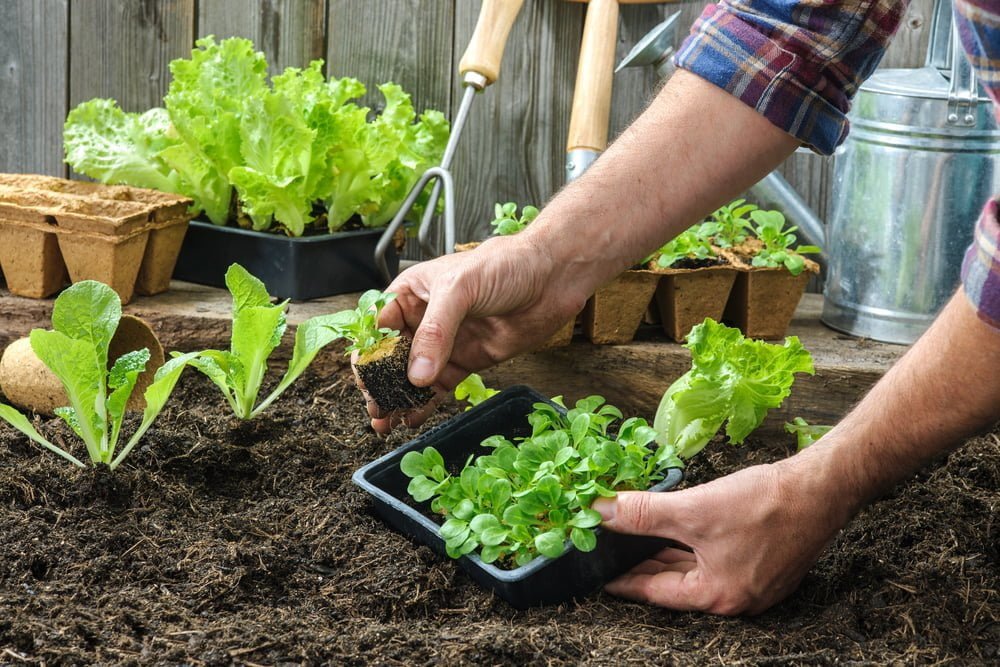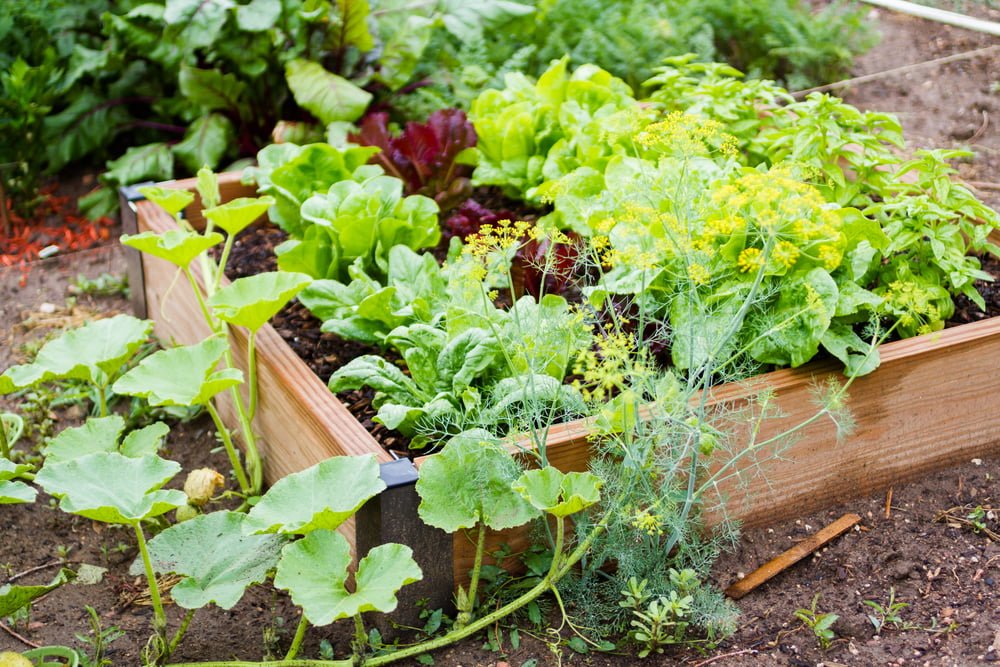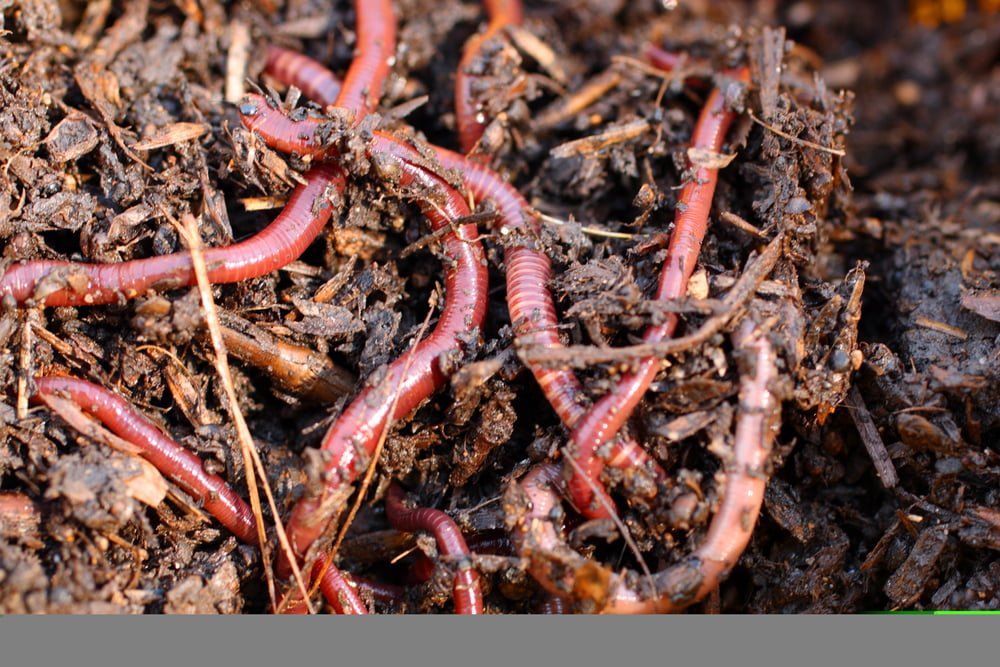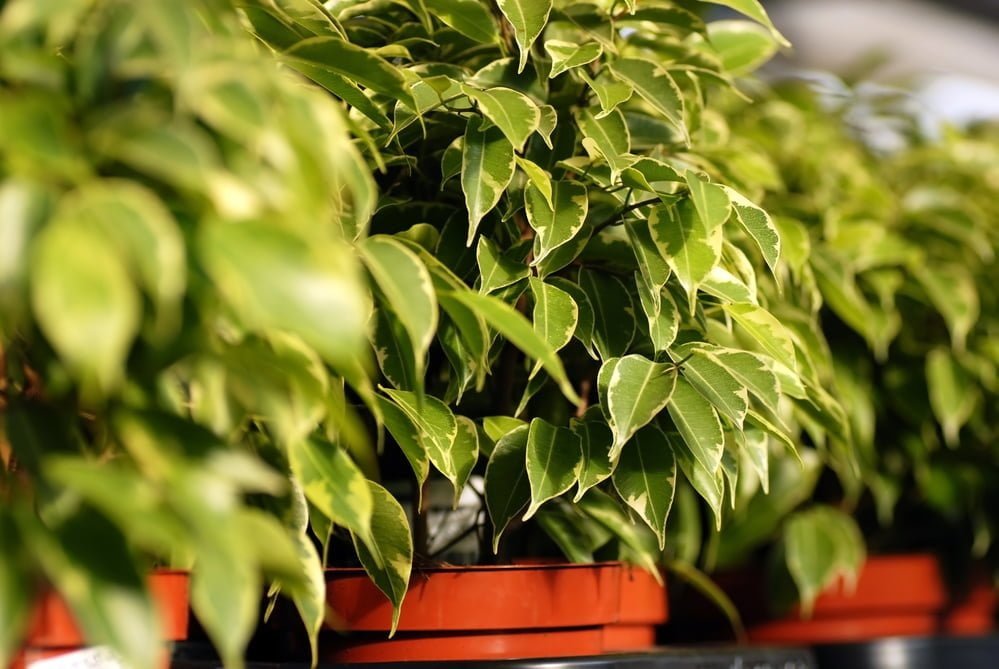
If you’ve tried – and failed – growing Ficus indoors, you may be tempted to give up the seemingly hopeless battle. Before you do, check out these helpful tips from the experts at Millcreek Gardens.
The Ficus Benjamina is a stubborn houseplant that can be as challenging as making a soufflé that doesn’t fall. But, much like the perfect soufflé, it’s all about using the right ingredients and technique.
Why We Love the Headstrong Ficus Benjamina Plant
The lovely plant we know as the Ficus is technically known as a weeping fig, and it’s closely related to the rubber tree. Its official name if Ficus Benjamina or just F. Benjamina.
When planted outdoors, these tree-like varietals grow to epic proportions. When cultivated inside, their size will be constrained by their pot or container.
Caring for Your Indoor Ficus Plant
Ficus love plenty of sunlight but it must be indirect. Otherwise, the leaves can burn. They also need warmth. Situate your plant away from any potential drafts or temperature fluctuation.
Only water when the top layer of soil has dried out. Ensure that your container and potting mix have great drainage. If the plant’s roots become too waterlogged, it will struggle. Mist the foliage regularly but take care not to overdo it.
Weekly watering should be sufficient. Always use room-temperature water and pour off any that collects in the containers catch plate.
Pruning may be necessary on occasion, to maintain a healthy plant size and shape. Fertilization is a must, but only during the active growth season.
Avoid These Natural Enemies of F. Benjamina
Ficus has a nasty reputation for being temperamental. Sadly, this lovely plant is simply misunderstood. If you take care to avoid its natural enemies, it should provide no trouble at all in your home, and live happily ever after.
For F. Benjamina, it’s all about consistency.
Unless you maintain a consistently high level of humidity, the plant will unceremoniously drop its leaves and die. The same goes for watering. Too much or too little water and boom! the leaves begin to shed. Temperature and light? Consistency is key.
At the first sign of stress, the Ficus becomes especially prone to pest invasion. Watch closely for “honeydew” or sap dripping from the leaves, as this means they’ve arrived. Treat the plant with neem oil for the most effective eradication.
At Millcreek Gardens, we often hear grumblings from our customers who struggle to keep their finicky plants healthy and lush. Fortunately, our friendly and helpful staff members are all experts in all facets of growing plants, shrubs and trees. Stop in today and let us help you regain control in the battle of the fussy houseplants.
In no time, we will have you growing Ficus indoors like a champ!



